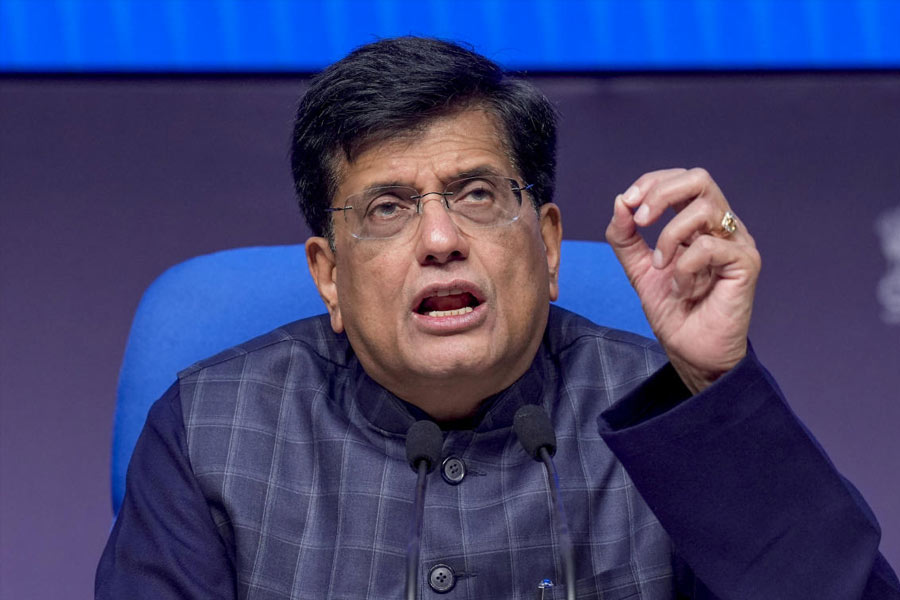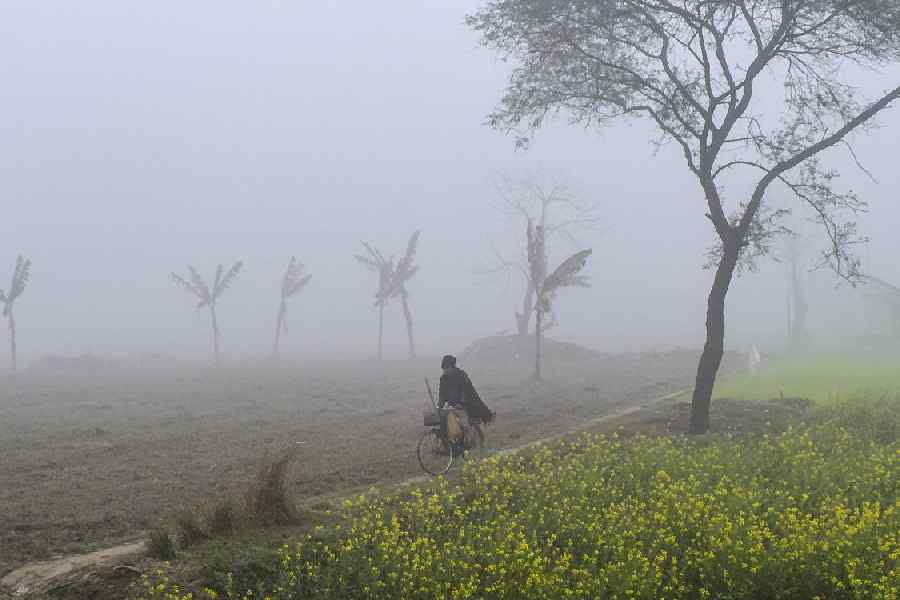 |
A note from the author:
Esteemed readers, ours has been a long and strong association bound by deep mutual love for the city and its heritage. I have enjoyed every moment of this association for nearly a year. Your letters to the editor, addition of inputs over phone and constructive criticism have been my inspiration. It has also been an honour for all of us that the Kamrup metropolitan district administration, government of Assam, has compiled and published the articles in a book, Heritage Guwahati, for which Honourable Prime Minister Dr Manmohan Singh has written the preface. For a while, I would like to take your leave and concentrate on research for more heritage sites of the city and other places of the Northeast. A very happy New Year to you.
Rehabari, the southern fringe of the town, was full of riha plants. From the Nepali Mandir started the long line of bushes on both sides of the road. During the rainy days, the kutcha road stretching from the Nepali Mandir up to the Kabarstan was full of mud. Snakes and foxes had their heyday. Some Bihari porters and people belonging to Miri and Boro Kachari tribes resided in that stretch of Guwahati.
When Banikanta Kakati ? who, apart from being a professor at Cotton College, had great scholastic attainments ? purchased a plot of land at this very place, many raised their eyebrows. Undeterred, Kakati obtained a loan of Rs 3,000 from the Assam government and started construction of his house. When the construction of the imposing H-shaped seven-room house was completed in 1927, the residents of the house began to command respect from the people of the area who always referred to Kakati as Bara Babu.
Banikanta Kakati was destined to be a forerunner of Assamese literature and research on Assamese language. After shifting to this new Rehabari house, Kakati?s most brilliant phase of academic life began. In the serene tranquillity of Rehabari, Banikanta Kakati wrote his pioneering thesis titled Assamese ? Its Information and Development for which he received PhD from the University of Calcutta and which was later published by the Department of Historical and Antiquarian Studies (DHAS). Thereafter, work on his other books like Visnuvite Myths and Legends, Kalita Jatir Itibritta, Sahitya Aru Prem, Pokhila, Purani Kamrupar Dharmar Dhara etc., in addition to a number of articles was undertaken in this very house.
In 1947, Kakati was appointed as the principal of Cotton College but for a few months. He was a dedicated teacher and litterateur and, therefore, he preferred a teaching job compared to that of a principal which was essentially an administrator?s job. So, after resigning from the Cotton College principal?s post in 1948, Kakati joined Gauhati University as the head of the department of Assamese when the university was established.
In 1949, Kakati decided to expand his Rehabari house. He had a big family with six children who were all grown up by now. Their marriage and constant inflow of guests from different parts of the Assam, particularly from the Barpeta area, led Kakati to virtually convert the house into the longest house of the town which had as many as 12 rooms.
Old timers recollect that this H-shaped house also had the longest verandah among all the civilian houses of the town, extending more than 100 feet in length. Sitting in this verandah, Banikanta translated the songs of Ambikagiri Rai Chowdhury and thus was written Songs of the Cell. It is also worth mentioning that the full-length description of Sankardev in English was also written by Banikanta in this very house which was published from Calcutta in 1949.
The pillars of the house were made of long sal posts, ceilings of iqra and plastered with mud. Boulevards were perfectly laid and decorated skylights adorned the house. In the early 1950s, food was prepared for about 30 to 40 people daily in this house as there were unending streams of visitors all along. To accommodate the guests, an outhouse with two rooms was also constructed on the premises of the Kakati?s.
With the passage of time, the old house had to be partially demolished but a part of the house still remains where stays octogenarian Devakanta Kakati, son of Banikanta.
Unfortunately, Banikanta Kakati?s study room, where he spent the most creative period of his life, had also been demolished during the family partition. Devakanta Kakati recollects with nostalgia the days of yesteryears in this house when luminaries like K.K. Handique, Bishnu Ram Medhi, Ambikagiri Rai Chowdhury, Kamala Kanta Bhattacharjee, Birinchi Kumar Barua and others frequented this house.
He also recollects how Banikanta moved from the rented houses of Saraswatis and Jogen Baruah to this house which was constructed with a meagre sum of Rs 3,000 those days.
He revealed that Banikanta was a good homeopath as well and treated hundreds of the locality. Devakanta nostalgically recollects how Banikanta made a special boot which he used during the rainy session to walk through the kutcha road to reach the college and later, the university.
The present generation of the Kakatis is fortunately trying their best to keep the old aura of the house. Banikanta?s grandson Dhiraj Kakati along with architect wife Paramita Kakati has been instrumental in giving a facelift to the old house but they have kept the old structure intact. ?Renovation has been also done keeping the iqra jali, ceiling, bamboo in the curtain portion untouched as much as possible,? revealed Paramita.
Sitting on the same easy chair of his great grandfather Banikanta in the verandah of the house, teenaged Aditya Kiran Kakati said, ?We love to reside in this home as I consider this a part of Guwahati?s heritage.?
Dipankar Banerjee










